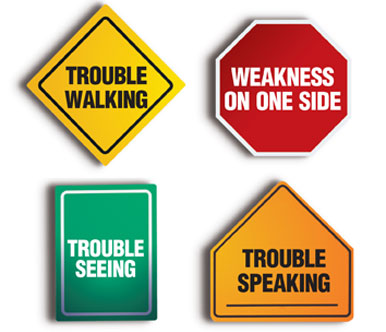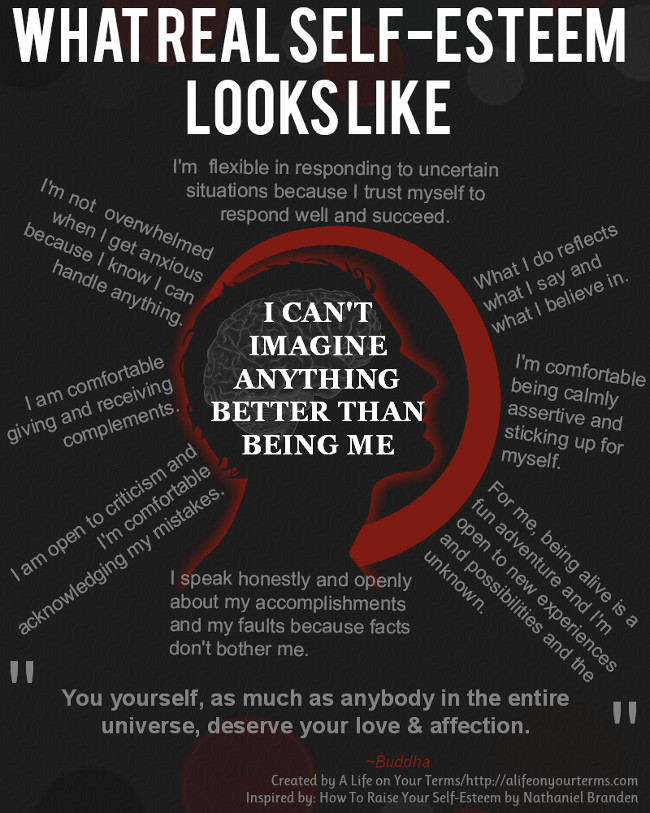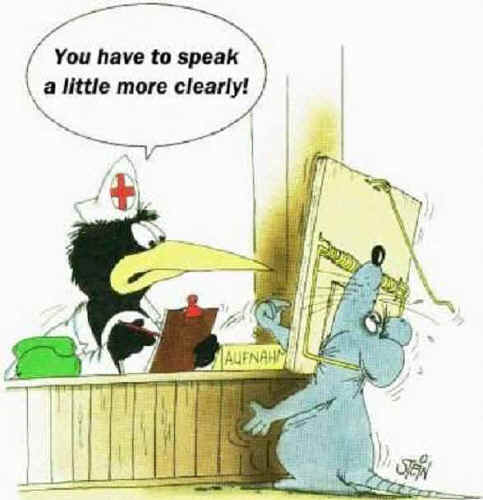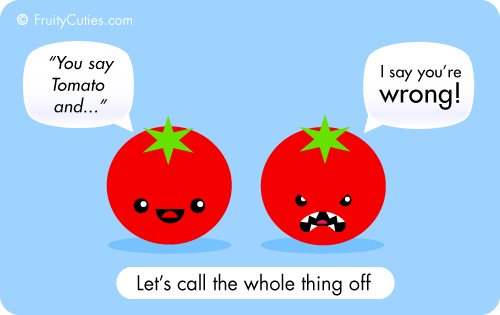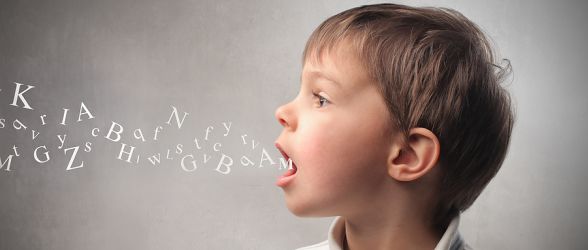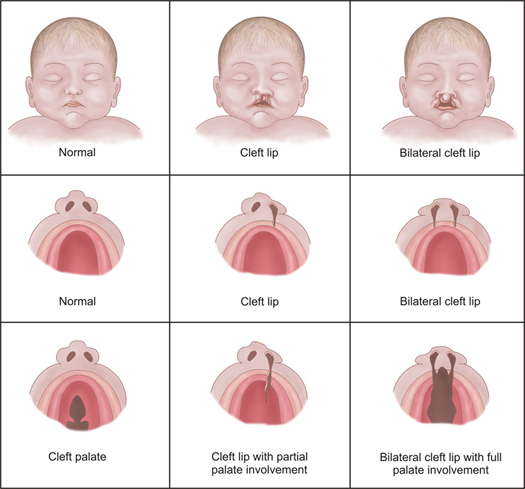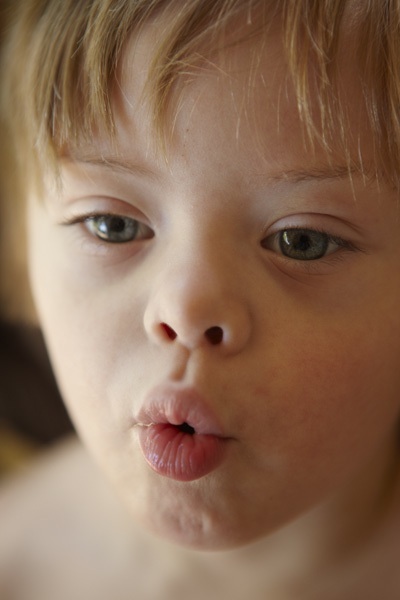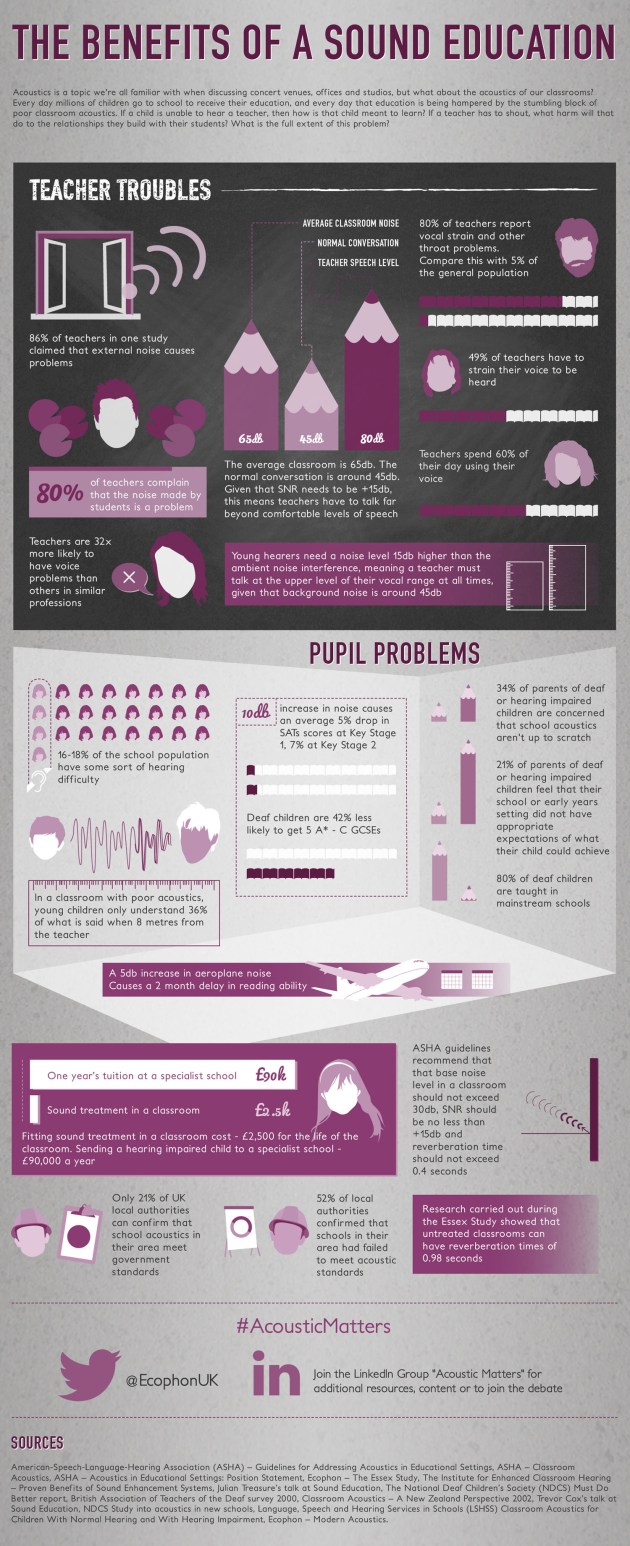At the heart of learning for children you can often find play. Learning to communicate is no exception, and there are toys and techniques that can be used to help build language and speaking skills in children. The toy box can be transformed into a learning toolbox with a few simple additions that target the difference types of learning styles best suited for your child – auditory, tactile, and more. If you’re trying to build communication skills in your child or student, try any of these 8 toys and techniques to develop language, speech, and the foundations for healthy communication. Continue reading
Kids Can Face Aphasia Caused by Hemiplegia
Language Development Speech Disorders Speech Therapist Speech Therapy TechniquesIf you’ve ever heard of aphasia, chances are you that you have associated it with a condition that affects an older population. However, as many as one in every 1,000 children are affected by childhood hemiplegia, which commonly results in aphasia for these children. Children with hemiplegia (trauma or injury occurring to one side of the brain) may show signs soon after birth, or might not be diagnosed until later in childhood. A child with aphasia might only show mild signs or may find it very hard to communicate at all. Continue reading
7 Ways to Build Confidence in Kids with Speech Disorders
Speech DisordersHelp Your Child Develop Self-Esteem in the Face of Communication Challenges
Speech disorders and delays can not only effect how children are able to communicate, but also their confidence and self-esteem. When this happens, their behavior, learning, and relationships can be affected to various degrees. In fact, some researchers propose that kids with speech delays can be more at risk for things such as bullying because they can seem more reclusive. There are ways, however, that parents, teachers, and caregivers can help build confidence and ease frustrations.
1. Help them meet other kids with speech disorders.
If your child is the only one in his class with a speech delay, he might already feel the pressure of being different. Introduce him to other kids who face some of the same challenges. When our kids feel like they are not the only ones experiencing a challenge, they feel a sense of belonging. Belonging – having comrades – not only helps to provide comfort, but can be a great resource for support and possible tools for speech therapy techniques. Continue reading
Reaching Through the Autism Barrier with Music and Speech Therapy
Language Development Speech Disorders Speech Therapist Speech Therapy TechniquesHow Speech Therapy and Music Can Work Together to Help Those with ASD
If your child has been diagnosed with ASD – Autism Spectrum Disorder – you already know about some of the hurdles they face. While Autism doesn’t have characteristic physical features, like other brain abnormalities and injuries it is often marked by depressed or delayed communication skills, making interacting with the world so much harder. It sometimes feels as if there is an invisible barrier between your child and the people and experiences that make up your community. New approaches with music in speech therapy have been showing great promise for kids with Autism – from high functioning Autistic children to nonverbal Autistic children. Music therapy in general has been used for decades to treat anything from cognitive to behavioral to social disorders. Now speech-language therapists are finding the benefits of this therapy method to help their Autistic patients. Continue reading
Facing the Frustrations of a Speech Disorder Misdiagnosis
Language Development Speech DisordersBecoming an Advocate and Working with SLPs for Accurate Diagnoses
Imagine if you went to the dentist office and they told you that you had a cavity in your front tooth. They scheduled the appointment to repair it, you go in and have the Novocain injected, and the dentist begins to drill. Then he stops and scratches his head. No matter how far he drills, he can’t find the cavity he thought was there – he can’t find anything to repair because the cavity is not even in that tooth – it was a dental misdiagnosis. We don’t hear of this situation happening because cavities are usually concrete problems that can easily be seen on x-rays, if not just by the human eye. Speech disorders, however, can be complicated to diagnose, especially when there are other health, behavior, and environmental factors to consider. Continue reading
The Role of Culture in Articulation Disorders
Language Development Speech Disorders Speech TherapistWhen is Articulation Disorder More than an Accent or Dialect?
If beauty is in the eye of the beholder, then sometimes the speech disorder is in the ear of the listener. If you’ve done any travelling, live in a large city with cultural depth, or have moved from one state to another, you have probably noticed various accents and dialects within the same language. When it comes to articulation disorders, sometimes it is actually more dialectal difference than actual disorder.
Articulation Disorders
Typical articulation disorders that emerge in childhood might include any of the four following:
- Adding – new sounds are added to words, such as a child saying /incredibubble/ instead of /incredible/
- Deleting – a sound is deleted from the word, such as a child saying /do/ instead of /dog/
- Distorting – the sounds are altered, such as a child saying /grampa/ instead of /grandpa/
- Substituting – a new sound is substituted for an original, such as a child saying /free/ instead of /three/
In fact, many times very young children are just experimenting with language and these signs of disorders are outgrown by the time the first day of kindergarten has arrived. For some kids, however, these articulation disorders persist and speech therapy is used to help them overcome these communication hurdles. Continue reading
Disfluency Challenges: Word-Final Disfluency vs. Non-Stuttering Like Disfluency
Speech Disorders Speech Therapy TechniquesSpeech Therapy Help for These Similar Disfluencies in Children
When you think of stuttering you might envision a scene from The King’s Speech or someone you know who struggles with the beginning sounds of words. But what about when you hear those repeated sounds at the end of words – is it stuttering or something else?
Sometimes the difference between typical disfluency and stuttering seems to only be as insignificant as a syllable. But when it comes to speech disorders, syllables take on significant roles. A recently recognized disfluency known as word-final or word-end disfluency usually falls under the general category of non-typical stuttering and can be challenging for pediatricians and caregivers to recognize as a stuttering speech disorder. Making the challenge even greater, SLPs are often charged with discriminating between word-final disfluency and non-stuttering like disfluency.
Brush Up on Your Knowlege of Cleft Palates with Great Web Resources
Speech Disorders
You may already be familiar with what a cleft palate is; perhaps you’ve seen pictures, learned about it in class or know someone with a cleft palate. But treating speech disorders that come with a cleft palates can be hard because a cleft palate brings about a host of variables that make sound production challenging. A cleft palate is a birth defect that can affect the lip, soft or hard palate to varying degrees. It is important to know how the defect arises, treatment options for repair and what an SLP can do in therapy because these defects can be quite complicated to treat. Get to know this disorder with the following web resources:
The Best Speech Therapy Resources for the Treatment of Childhood Apraxia of Speech
Speech Disorders
Not all speech and language disorders are created equal. Some are trickier to treat than others. While each disorder brings about it’s own challenges, one, in particular, seems to give speech-therapists a bit of a question mark, Childhood Apraxia of Speech (CAS). CAS is a motor speech disorder. According to ASHA, “Children with CAS have problems saying sounds, syllables, and words. This is not because of muscle weakness or paralysis. The brain has problems planning to move the body parts (e.g., lips, jaw, tongue) needed for speech. The child knows what he or she wants to say, but his/her brain has difficulty coordinating the muscle movements necessary to say those words.” For SLPs new or looking for guidance in treatment or evaluation of CAS, there are a variety of great resources available.
A Noisy Classroom Can Help Children with Hearing Impairment in Speech Therapy
News Speech DisordersWhen it comes to classrooms, a new study suggests it might actually be beneficial to crank up the volume, for children with hearing loss at least. The study, from Jessica Sullivan, assistant professor of speech and hearing sciences at the University of Washington found that a noisy classroom environment could help train youngsters with hearing-impairment who struggle to comprehend speech over the sound of the environment. Normal brains do this on a daily basis, sorting out background sounds of the music playing to help us listen to the conversation. But for hearing impaired children, this task is not so easy. Children with hearing loss take in sound more slowly, and the brain isn’t experienced or equipped enough to drown out the background noise. This study helps support speech therapy techniques and treatment methods for children with hearing loss and is the first of its kind to demonstrate that auditory training with noise can work in children. Continue reading


